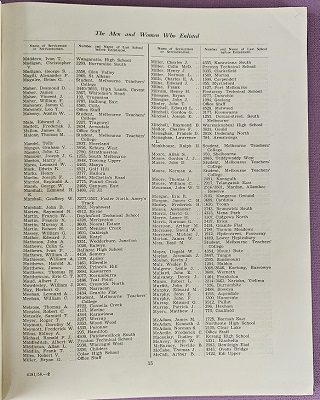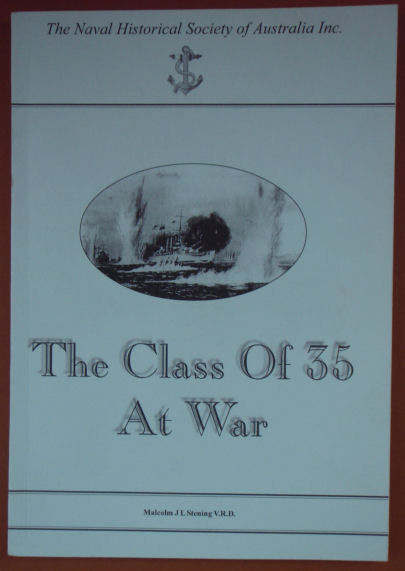Description
Title: We Also Served – Recollections of Far North Coast N.S.W. Ex-Servicewomen 1939-1945
Author: Buckley, Martin
Condition: Very Good
Edition: 1st Edition
Publication Date: 1995
ISBN: 0646246038
Cover: Soft Cover with Dust Jacket – 154 pages
Comments: The recollections of Far North Coast N.S.W. Ex-Servicewomen who served with the Australian Women’s Army Service during World War II.
The Australian Women’s Army Service or “AWAS” was a (non medical) women’s service established on 13 August 1941 to “release men from certain military duties for employment in fighting units”.
The Service recruited women between the ages of 18 and 45 and it was initially envisaged they would serve in a variety of roles including clerks, typists, cooks and drivers.
During the war a total of 24,026 women enlisted (with a maximum strength of 20,051 in January 1944). The AWAS had 71 barracks around the country.
They were paid wages equal to two-thirds that of their male equivalents.
The AWAS had their own rank and administrative arrangements and they reported to the Chief of General Staff (CGS). The Commanding Officer or “Controller” of the AWAS was equivalent to a Lieutenant Colonel.
The Controller of the AWAS (until the end of 1946) was Sybil Howy Irving MBE, who in October 1941 set about selecting twenty-eight women as officers to form the nucleus of the AWAS. By 23 November 1941, these women together with Lt-Col Irving commenced training at Guide House, Yarra Junction, Victoria.
AWAS initially served in Headquarters, and Base Installations, and later in almost all Army Services. 3,618 served with the Royal Australian Artillery and they manned the Fixed Defences of Australia from Hobart in the South and Cairns in the North, and Perth in the West. 3,600 served in the Australian Corps of Signals.
Officers and other ranks of the Australian Intelligence Corps were involved in (and commended for) their highly secret work. Motor transport drivers had truly varied lives driving cars, ambulances, trucks (up to 3 tons), jeeps, floating jeeps, Bren Gun Carriers and amphibious vehicles.
Despite the pleadings of General of the Army Douglas MacArthur and General Sir Thomas Blamey to allow the AWAS to serve overseas, they were at first prevented from doing so. This caused some difficulties. For example, several members of the AWAS served in the British Borneo Civil Affairs Unit, but they had to be left behind when the unit left Australia in preparation for the liberation of Borneo in 1945. It was only during that year that the Government relented to allow some AWAS to serve overseas, with a detachment raised for service in New Guinea. The AWAS thus became the only non-medical women’s service to send personnel overseas during the war. On 3 May 1945, a detachment left for First Australian Army headquarters in Lae, sailing under Captain Lucy Crane; altogether some 385 AWAS served at Lae, under the command of Lieutenant-Colonel Margaret Spencer. They served with First Army Headquarters and some supporting units, including in Ordnance and Signals, at Lae. It was also discovered that unknown to Army authorities, two officers and three sergeants in Intelligence had earlier been moved from Brisbane to Dutch New Guinea in June 1944; once realised, these women were brought back to Lae to serve with the main contingent. A second AWAS contingent was assembled in Queensland for service on Bougainville, but the war ended before they could sail from Australia.
Signed by Author





